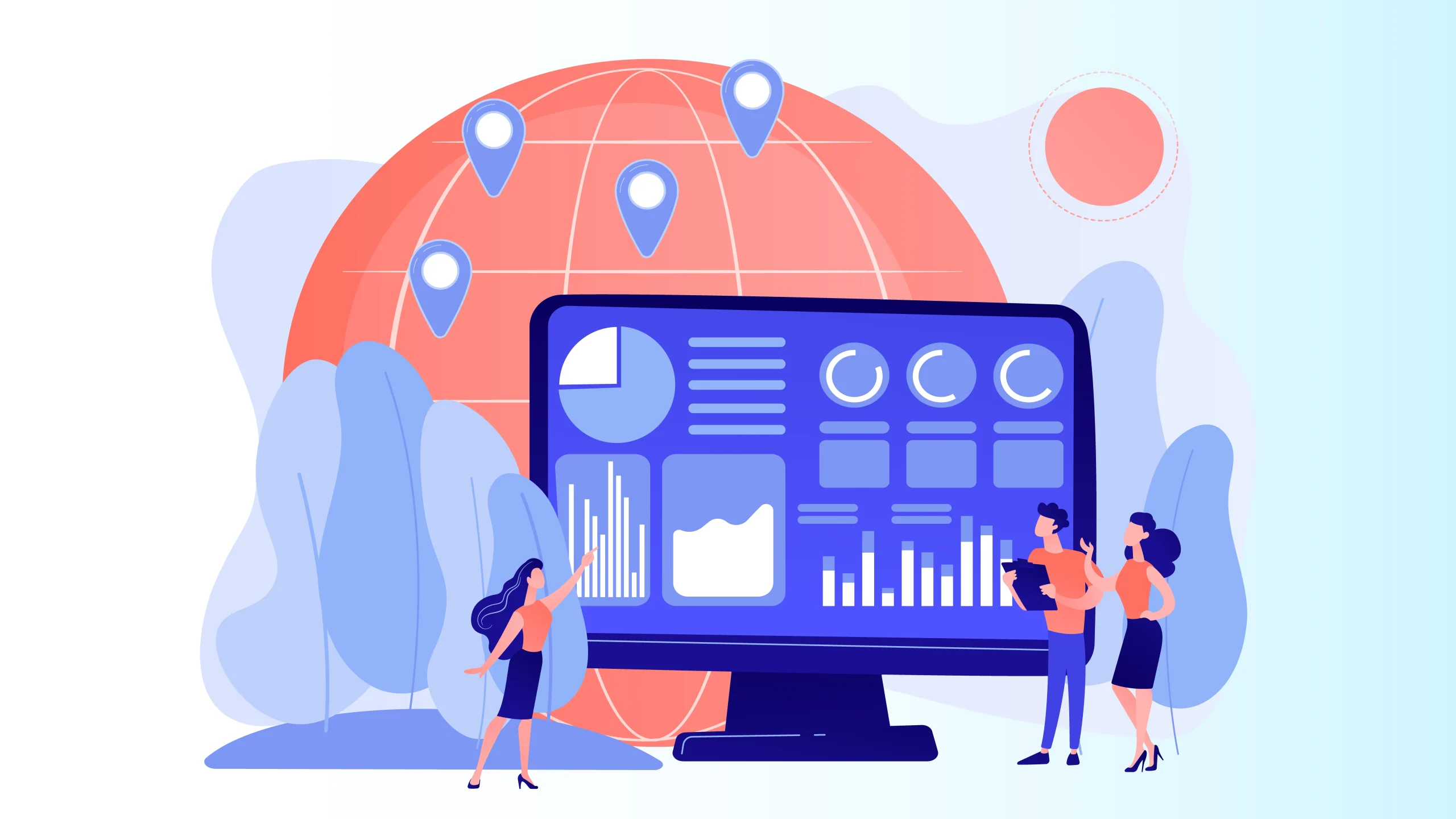In today’s competitive business landscape, making informed decisions can make or break an organisation. Enter data-driven decision-making – a methodology that is quickly surpassing intuition-based strategies with its precision and reliability.
Data-driven decision-making is fundamentally about harnessing insights from comprehensive data analysis. It emphasises aligning operational strategies with insights gleaned from data, ensuring that decisions are not just educated guesses but are backed by concrete evidence and patterns.
This approach allows businesses to identify trends, optimise processes, and consistently improve customer satisfaction and business outcomes.
From intuition to insight
In a world that increasingly revolves around technology and data, data-driven decision-making has become indispensable for businesses aiming for success.
The benefits are manifold, with enhanced customer satisfaction being a primary advantage. By focusing on data-driven HR, companies can better understand employee needs and customer preferences, leading to more tailored products and services.
Predictive analytics plays a crucial role in enhancing workforce productivity, providing invaluable perspectives by delivering clear insights into employee performance and turnover patterns, amplifying HR’s capacity to make informed strategic decisions.
Data not only supports precise decision-making but also nurtures a culture of accountability.
Let’s look at the fundamental steps for building robust data-driven strategies.
Building a data strategy

- Define objectives: Clearly outline what you aim to achieve with data insights. Whether it’s improving customer satisfaction or optimising HR functions, having specific goals will guide your data initiatives.
- Data collection: Use diverse sources like surveys, historical data, and real-time inputs to gather relevant information. Tools like MiHCM Lite and MiHCM Enterprise can streamline this process for HR and payroll management.
- Data analysis: Apply analytical methods to interpret the collected data. Utilise tools such as MiHCM Data & AI for predictive analytics that can enhance strategic decision-making.
- Insights and application: Translate data insights into actionable strategies. Implement these across business units to drive informed decisions.
- Monitor and adjust: Continuously track data outcomes and refine strategies accordingly, ensuring alignment with business objectives.
Common pitfalls and solutions
In the realm of data-driven decision-making, several challenges can impede effective utilisation.
- Data quality issues often result from inaccuracies or incomplete datasets. Ensuring a robust data governance framework helps address these issues, allowing businesses to maintain data integrity.
- An often-overlooked obstacle is data illiteracy within organisations. Providing training programmes ensures that everyone can contribute to data-driven initiatives, fostering a culture of informed decision-making.
- Equally significant is addressing confirmation bias, where individuals interpret data to support their preconceptions. Establishing a culture of critical thinking and open-mindedness can mitigate this challenge.
- Furthermore, ensuring data security is paramount in today’s digital landscape. A comprehensive approach involving encryption, access controls, and regular audits can protect sensitive information.
Maximising HR efficiency

Incorporating data insights into HR processes is transforming how organisations manage their workforce. By leveraging the power of data-driven decision-making, HR departments can optimise efficiency, drive strategic growth, and make informed decisions that align with business objectives.
By visualising workforce data, organisations can gain insights into attendance patterns, diversity metrics, and productivity trends. This helps HR professionals in identifying the most impactful HR analytics, resulting in smarter hiring practices and a more engaged workforce.
MiHCM Data & AI solutions enable organisations to fine-tune their HR processes by using tech-driven analytics and visual dashboards. This empowers teams to make data-powered decisions that align with business growth and create a dynamic, future-ready workplace.
Creating a data-driven culture

Implementing an HR data strategy hinges on creating a data-driven culture within the organisation.
This means encouraging data literacy across all levels to ensure that your workforce can interpret data appropriately and make well-informed decisions.
Transitioning to a data-centric HR model can be daunting, but solutions from MiHCM simplify this process.


